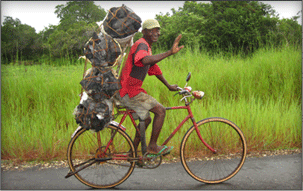Home
About Us
by: Michael Saunders
Credit reports are much easier to read now than in the past, because years of pressure from consumer advocates and regulators led to significant changes in the credit-reporting industry. The rise of identity theft was a key consideration for lawmakers when Congress wrote the Fair and Accurate Credit Transactions Act of 2003, which amends the Fair Credit Reporting Act. During that process, consumer advocates and others called attention to the growing importance of consumers understanding how the credit system works.
These days, bad marks on your credit report can determine whether you land the job you're applying for, how much you pay for auto and homeowners insurance, and your credit card interest rate, plus whether you have to pay your utility or cell phone company a deposit.
But, despite tougher laws, including free reports for consumers, centralized fraud reporting, and more pressure on creditors to respond to consumers' complaints, the credit-reporting industry is still, to a large degree, a black box, and credit reports are not nearly as clear and understandable as they could be. Consumers still get confused.
You should focus on identifying what's bad on your reports and the information you'll need for planning your repair effort. There are many different styles and formats of credit report, but most of them derive from one of the three super-bureaus that supplied the information being reported. Each of the three main credit bureaus uses a different format, plus each bureau's format varies depending on whether you request the report online or order it by phone or mail. (continued...)
The Importance of Learning To Read Your Credit Report
Page 2
About The Author Michael Saunders has an MBA from the Stanford Graduate School of Business. He edits a site on Credit Repair and Debt Consolidation and is president of Information Organizers, LLC. |
Social Entrepreneurship
Spotlight
Bicycles for the People in Rural Mozambique

Mozambikes, a for-profit social venture, was formed during a road trip across Mozambique. The founders of Mozambikes aim to improve the quality of life among rural Mozambicans by providing low-cost, efficient personal transportation.
